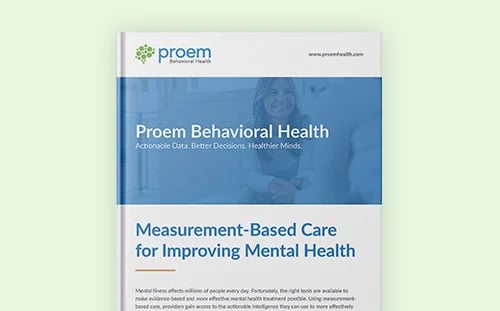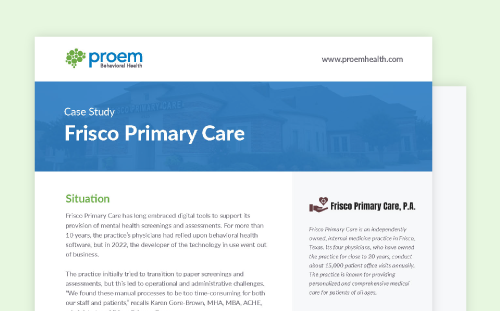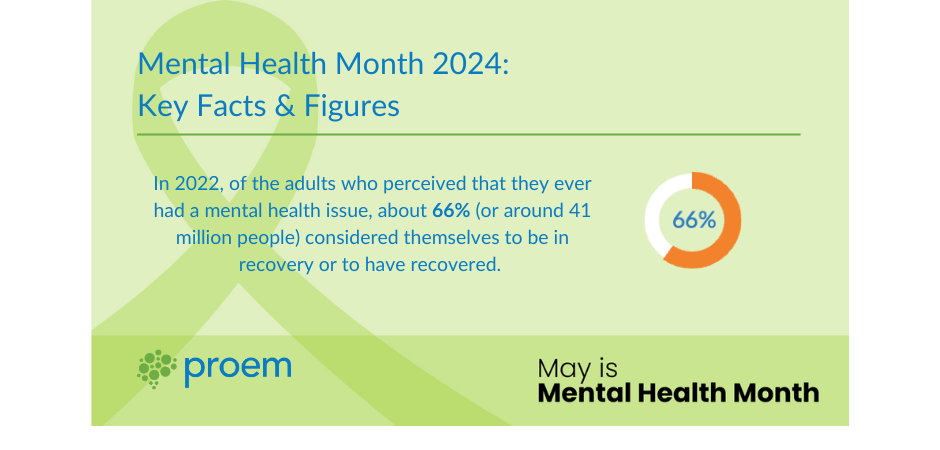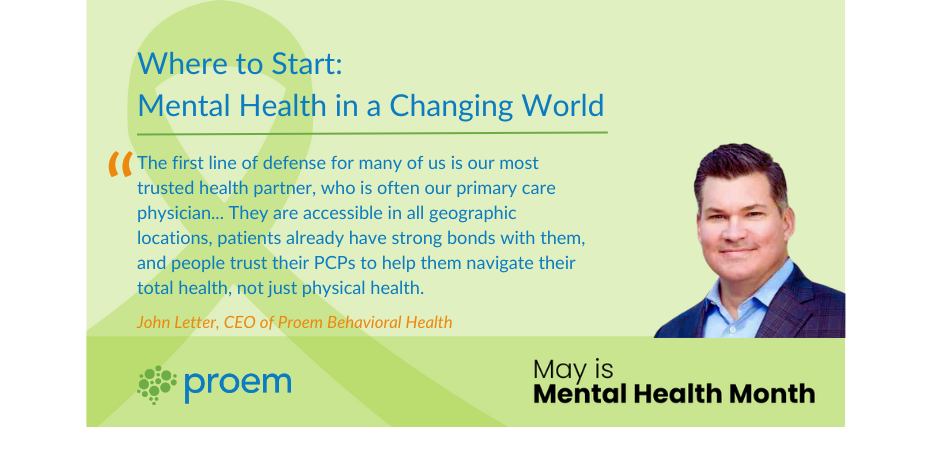September is a significant month for building awareness about the warning signs of suicide and supporting efforts around suicide prevention. The month itself is recognized as National Suicide Prevention Month and Suicide Prevention Awareness Month. The week we're in now — September 10–16 — is recognized as National Suicide Prevention Week. On September 10, we observe World Suicide Prevention Day. Hopefully all of us — survivors, allies, community members, mental health professionals and advocates — can take the momentum we build during September and better ensure suicide awareness and prevention is treated as a year-long priority.
To help bring increased attention to suicide and suicide prevention, here are more than 20 related facts and statistics to know.
20+ Facts and Figures on Suicide, Suicide Risks & Suicide Prevention Strategies
- Anyone — people of all genders, ages and ethnicities — can be at risk for suicide.
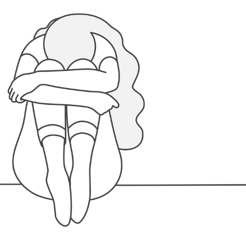 Suicide is the 11th leading cause of death in the United States.
Suicide is the 11th leading cause of death in the United States.- It is the 17th leading cause of death worldwide and the 4th leading cause of death among 15–29-year-olds globally.
- In 2021, nearly 48,000 Americans died by suicide.
- This is about one death every 11 minutes and about 130 suicides every day.
- More than 700,000 people worldwide die by suicide every year.
- That's one person every 40 seconds.
- In 2021, there were an estimated 1.7 million suicide attempts in the United States.
- About 12 million American adults seriously thought about suicide in 2020.
- About 3 million U.S. adults made a plan to attempt suicide in 2020.
- More American women than men attempt suicide, yet American men are four times more likely to die by suicide.
- The U.S. suicide rate in 2021 was about 32% higher than in 2001.
- In 2021, firearms accounted for nearly 55% of all U.S. suicide deaths.
- In 2021, the U.S. suicide rates were highest among adults ages 85 years or older followed by those ages 75 to 84 years and ages 25 to 34 years.
- By race/ethnicity, the U.S. groups with the highest rates of suicide were non-Hispanic American Indian/Alaska Native and non-Hispanic White populations.
- Other Americans with higher-than-average rates of suicide are veterans, those living in rural areas, and workers in certain industries and occupations (e.g., mining and construction).
- Young Americans who identify as lesbian, gay or bisexual have higher rates of suicidal thoughts and behavior compared to peers who identify as heterosexual.
- About 46% of Americans who die by suicide had a known mental health condition.
- Around 1 in 5 Americans who die by suicide had alcohol in their system at the time of death.
- Common risk factors for suicide, according to the American Psychiatric Association, include:
- Previous suicide attempt
- History of suicide in the family
- Substance misuse
- Mood disorders
- Access to lethal means
- Losses and other events
- History of trauma/abuse
- Chronic physical illness, including chronic pain
- Exposure to suicidal behavior
- More than 90% of Americans who attempt suicide and survive never go on to die by suicide.
- In July 2022, the 988 Suicide and Crisis Lifeline was established. The Lifeline is designed to provide free and confidential support for those in distress, prevention and crisis resources, and best practices for professionals. In its first year of operation, the line answered nearly 5 million contacts.
- There are many strategies that can help prevent suicide. The Centers for Disease Control and Prevention break down tactics into these categories:
- Strengthen economic supports
- Strengthen access and delivery of suicide care
- Create protective environments
- Promote connectedness
- Teach coping and problem-solving skills
- Identify and support people at risk
- Lessen harms and prevent future risk
Sources:

